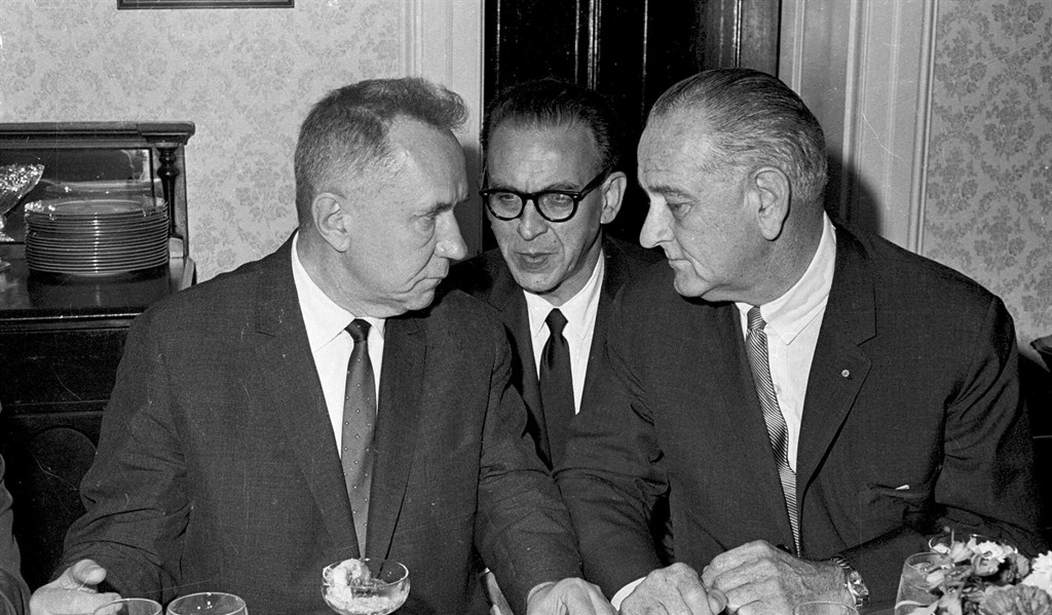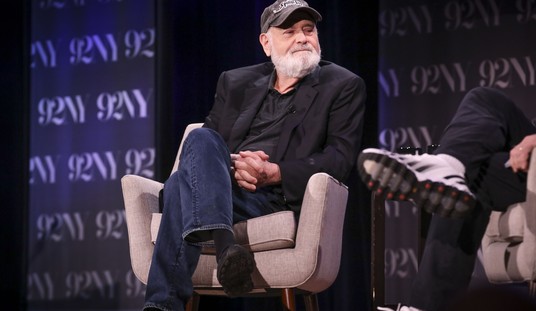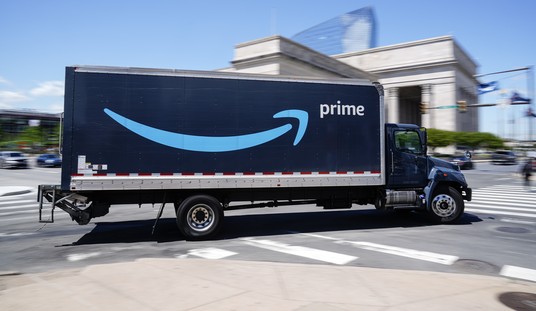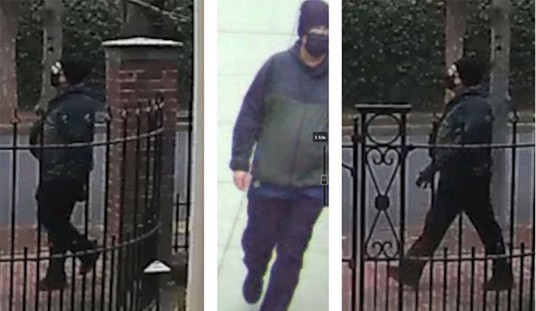Fifty years after President Johnson launched his “war on poverty,” it is time to stop pretending and start doing something real for the poor.
Mitt Romney said during the 2012 presidential campaign: “I’m not concerned about the very poor. We have a safety net there. If it needs repair, I’ll fix it.”
Can there really be any doubt that it needs fixing?
Don’t expect the government to provide any reliable numbers. The biggest federal poverty program, the Earned Income Tax Credit (EITC) pays 27 million taxpayers $60 billion in cash. But like Section 8 housing vouchers and Medicaid, EITC payments are excluded when the government totes up who is poor and who is not.
It is obvious that the ranks of the poor swelled during and after the Crash of 2008. Average income fell during the Crash and has since fallen more. Paul Krugman is right to call it a “rich man’s recovery.”
Both the poor and the middle class are still in recession. Indeed if unemployment figures were calculated using the same methodology used in the 1930’s, public officials could no longer deny that we are in an ongoing depression.
But for believable numbers about who is poor and who is not, don’t look to the government.
The government is also confusing, it would seem intentionally confusing, about how much it spends in total on the poor. A Senate subcommittee struggled to estimate total spending on the poor and came up with a number of $61,194 per impoverished household per year.
This number is misleading because it includes people who are not really poor, such as students using federal Pell grants for their education, but is still almost three times the federally defined poverty threshold for a family of four. If we take medical spending out, it is still twice the poverty threshold.
Recommended
Since all this money is clearly not going to the poor, where is it going? A lot of it is presumably supporting well paid federal workers, or indirectly state and local workers, all of whom are in turn protected by powerful public unions.
If we take all federal transfer payments, not just those specifically earmarked for poverty programs, only 36% of the money is reaching the bottom 20% of households by income and even less is reaching the truly poor. And even these figures do not count all the federal subsidies for corporations or the rich.
Almost all the numbers we get from the federal government are either poorly designed, or are well designed to confuse and hide the truth about what is going on. Even as the president rails against economic inequality, he is using figures that are inherently bogus, a subject that we will explore further later in this series.
It’s not that we don’t have economic inequality as well as poverty. We do. And common sense tells us that it is getting worse, in large part because of the president’s policies and those of the Federal Reserve. But it would help to have believable, not intentionally misleading numbers.
Looking behind all the smokescreens, one thing is obvious about all federal poverty programs. They not only create disincentives to work. They actually tax work at horrific rates.
As economist Thomas Sowell has explained: “ Someone who is trying to climb out of poverty by working their way up can easily reach a point where a $10,000 increase [ in pay] can cost them $15,000 in lost benefits they no longer qualify for. That amounts to a marginal tax rate of 150 percent—far more than millionaires pay.”
This outrageous tax on the poor has been made even worse by ObamaCare. A worker can earn just a few dollars more, and find that more than $10,000 in medical insurance subsidy has vanished. ObamaCare also in effect adds $2.28- $5.89 to the cost of hiring a minimum wage worker, thereby creating another major barrier to work, another subject we will explore further later in the series.
Has the war on poverty been a success? No. Does the safety net for the poor desperately need fixing? Yes.
Leading policy analyst John Goodman of Southern Methodist University has estimated that “ if there had never been a welfare state [ in the US], economic growth alone should have virtually eliminated poverty by now.”
Goodman also adds an interesting note about how progressives who designed and expanded this welfare state have become increasingly reactionary in the face of failure:
“If you are one of the folks who voted[ as a progressive] in the [2012] election, what did you vote for?… Here are three things for starters: (1) no reform of the public schools, (2) no reform of the welfare systems, and (3) no reform of labor market institutions that erect barriers between new entrants and good jobs.”
If voters really want to help the poor, they will have to start by admitting that we need some new ideas.
This article is reprinted by permission of Against Crony Capitalism.org

























Join the conversation as a VIP Member